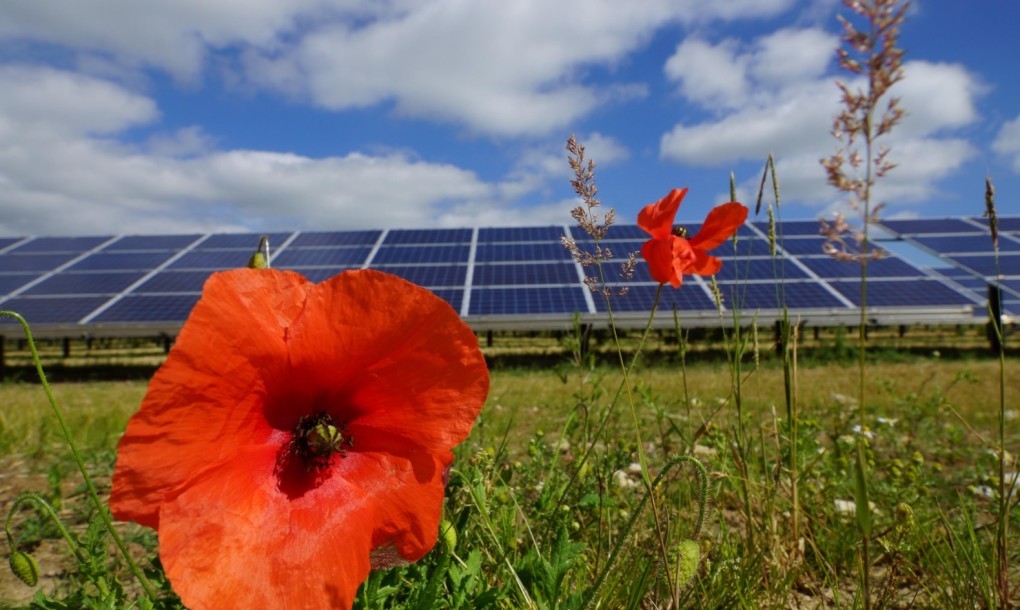
When It Comes to Solar, the South Is Making Big Gains
Recently, a small town in North Carolina was in the news for rejecting a proposed solar farm. A few of the locals made news for raising concerns that the solar panels would suck up the sunlight and kill all the plants. To be fair, most of the town’s residents had other concerns on their minds, and the media just picked the most quotable objections and ran with them.
Still, it made the southeastern United States seem rather behind the times, and you could be forgiven for thinking the South would be a difficult place for solar energy to capture hearts and minds. But you’d be wrong.
Georgia and North Carolina Lead the Way
Actually, solar energy is making serious inroads south of the Mason Dixon line. Five years ago, there was literally zero utility-scale solar in North Carolina or Georgia. Now, there is enough solar energy production capacity to power 500,000 homes – over 3,000 megawatts in all.
So why are these two southern states leading the way in their region?
North Carolina’s renewable energy portfolio standard requires that 12.5% of all the electricity it produces come from renewable sources by the year 2025. Georgia doesn’t have a similarly ambitious RPS carve-out, but it happens to be home to a substantial military presence. The Department of Defense contracted with Georgia Power to install more than a dozen solar farms on military bases statewide by the end of next year.
Isn’t the South Oil Country?
It’s not just North Carolina and Georgia that are getting in on the solar revolution; the rest of the South Atlantic region is ramping up their solar energy production capabilities as well, and solar capacity is expected to more than double during the coming year.
The southeastern U.S. may be a traditional stronghold for the oil industry – three of the most prolific oil producing states are located there: Oklahoma, Louisiana, and Texas, which may or may not be “southern” depending on whom you ask.
But if you’ve ever spent a summer in the South, then you know that solar panels make perfect sense there. The region might not have the year-round sunshine of southern California or the Arizona desert, but it gets more than enough to make solar energy a viable energy source and a very smart investment.
Solar Energy: Just What the South Needs
Of course, solar doesn’t just bring clean, renewable energy; it’s also an engine for economic growth and job creation. And as several of the most economically depressed states in the U.S. are located in the South Atlantic region, solar is an ideal fit in that respect, as well.
Of course the cost of actually going solar is a big part of the puzzle. Solar energy used to be more expensive than sourcing electricity from the traditional utilities, but that’s no longer the case. These days, going solar offers long-term cost savings to clients in many markets, and as prices continue to fall, solar is becoming competitive with other energy sources just about everywhere else.
Good News for Solar Installers
If you’re a solar installer in the Southeastern United States, you were probably none too pleased by the news from Woodland, NC. But don’t worry: your region is about to jump onto the solar train in a big way.
[Photo via: Inhabitat]
Start making more
money today!
Search Categories
Tags
Tag Cloud
Latest from Twitter
Contact Us
Call us at 310-540-8900 or fill out the form below and we’ll tell you how you can get high quality leads for free*.
* Get up to 10% free leads on your first order!